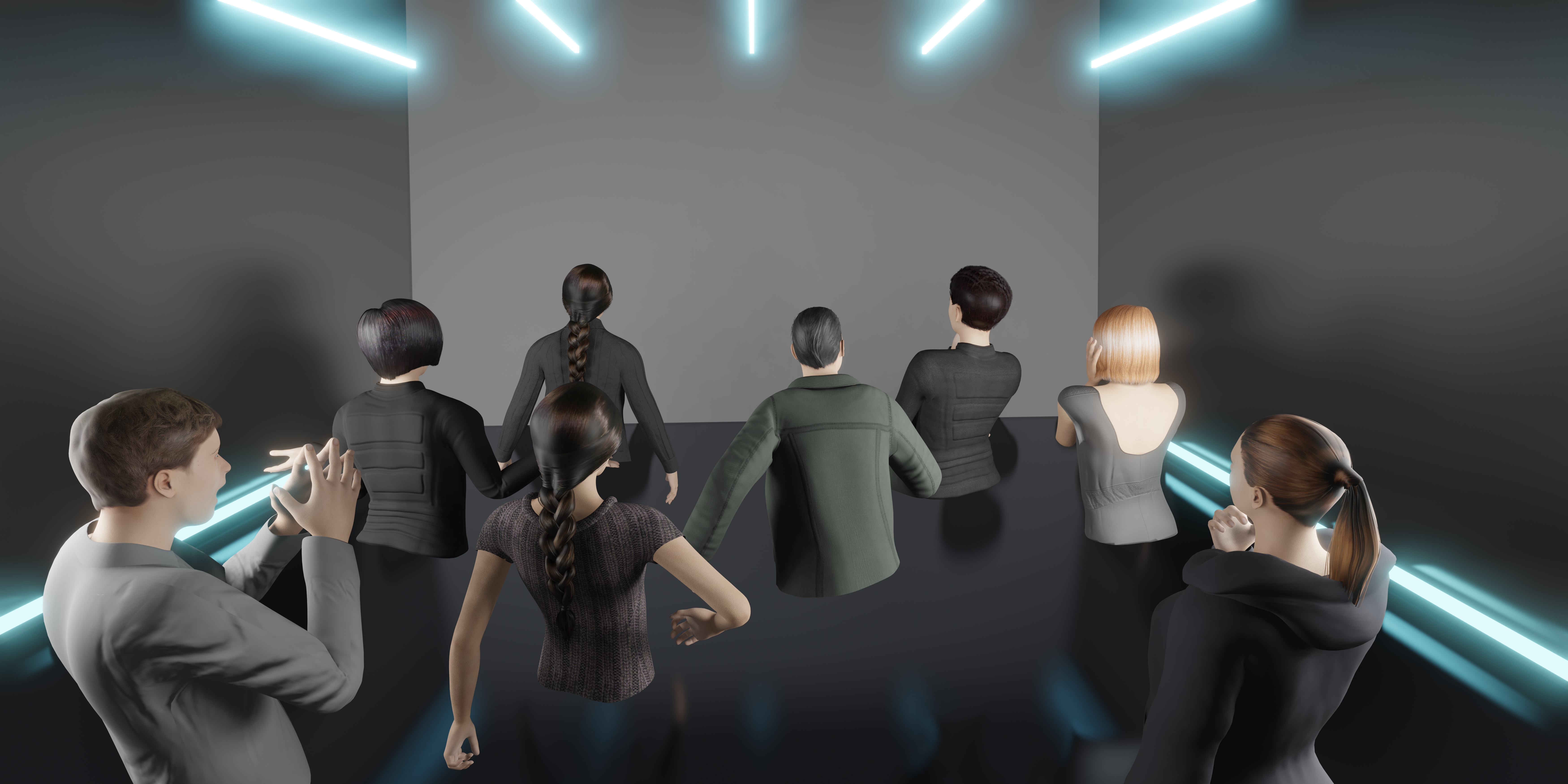 BIG DATA
BIG DATA
 BIG DATA
BIG DATA
 BIG DATA
BIG DATA
Dell Technologies Inc. today announced two new validated designs for use by organizations that are building software for the three-dimensional virtual environments that characterize the metaverse.
The metaverse is a network of 3-D virtual worlds that encompasses technologies such as virtual and augmented reality, blockchain, artificial intelligence, digital twins and smart objects. Markets such as real estate and architecture already incorporating these concepts. Many people believe the metaverse will eventually become a standard environment in which people around the world collaborate in a single, virtual space.
Reference designs include Dell-validated hardware and software specifications, best practice and deployment guides, testing parameters and deployment templates. They are widely used by systems integrators and enterprise customers when assembling purpose-built technology packages.
“These immersive experiences are driving a greater need for real-time computing across massive workloads that combine visual data, AI and machine learning,” Jonathan Siegal, senior vice president of Dell’s infrastructure solutions group, wrote in a blog post to be published today. “This will accelerate the decentralization of computing from hyperscale data centers to… edge infrastructure.
Dell’s Validated Design for VDI with Nvidia Omniverse was developed in cooperation with graphics processing giant Nvidia Corp. and Intel Corp. and provides a foundation for the next generation of virtual desktop infrastructure. It enables designers and reviewers to work together in real-time in shared virtual 3D worlds. The specification includes VMware Inc.’s vSphere and Horizon, Nvidia’s RTX vWS Virtual workstation and Omniverse Enterprise 3D design software, Nvidia-certified Dell VxRail 670F hyperconverged infrastructure and PowerEdge R750 servers along with Dell PowerSwitch networking and Dell PowerScale F800 storage.
“Leveraging Nvidia’s Omniverse helps companies collaborate faster, whether in engineering, architecture or entertainment, where workflows have been pretty linear,” Siegal said in an interview. From Dell’s perspective, he added, “a lot of this stuff is going to move things toward the edge, and this will take a massive amount of computing.”
The new Dell Validated Design for AI | MLOps with cnvrg.io is said to standardize and streamline machine learning operations so data scientists can bring models into production faster. It’s built with the machine learning operating system from Cnvrg.io, which is the business name of Accessible Labs Ltd.
The spec includes Nvidia’s AI Enterprise cloud-native suite of AI and data analytics software, VMware’s vSphere with Tanzu, Nvidia-certified Dell VxRail HCI or PowerEdge servers with Nvidia A100 and A30 tensor core GPUs, Dell’s PowerScale storage and PowerSwitch network switching with Nvidia networking software. A cloud service that conforms to the validated design is also being made available as a service under Dell’s as-a-service portfolio.
Dell cited a recent survey by LatentStructure Technologies LLC that found that almost 90% of machine learning models are never put into operation, largely because of a lack of disciplined lifecycle management. It also cited a Cnvrg.io report that said data scientists spend around 50% of their time allocating and managing information technology resources instead of working on machine learning models.
THANK YOU